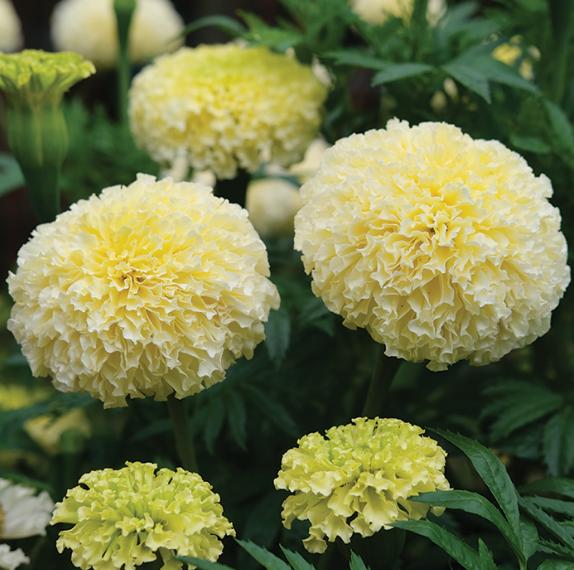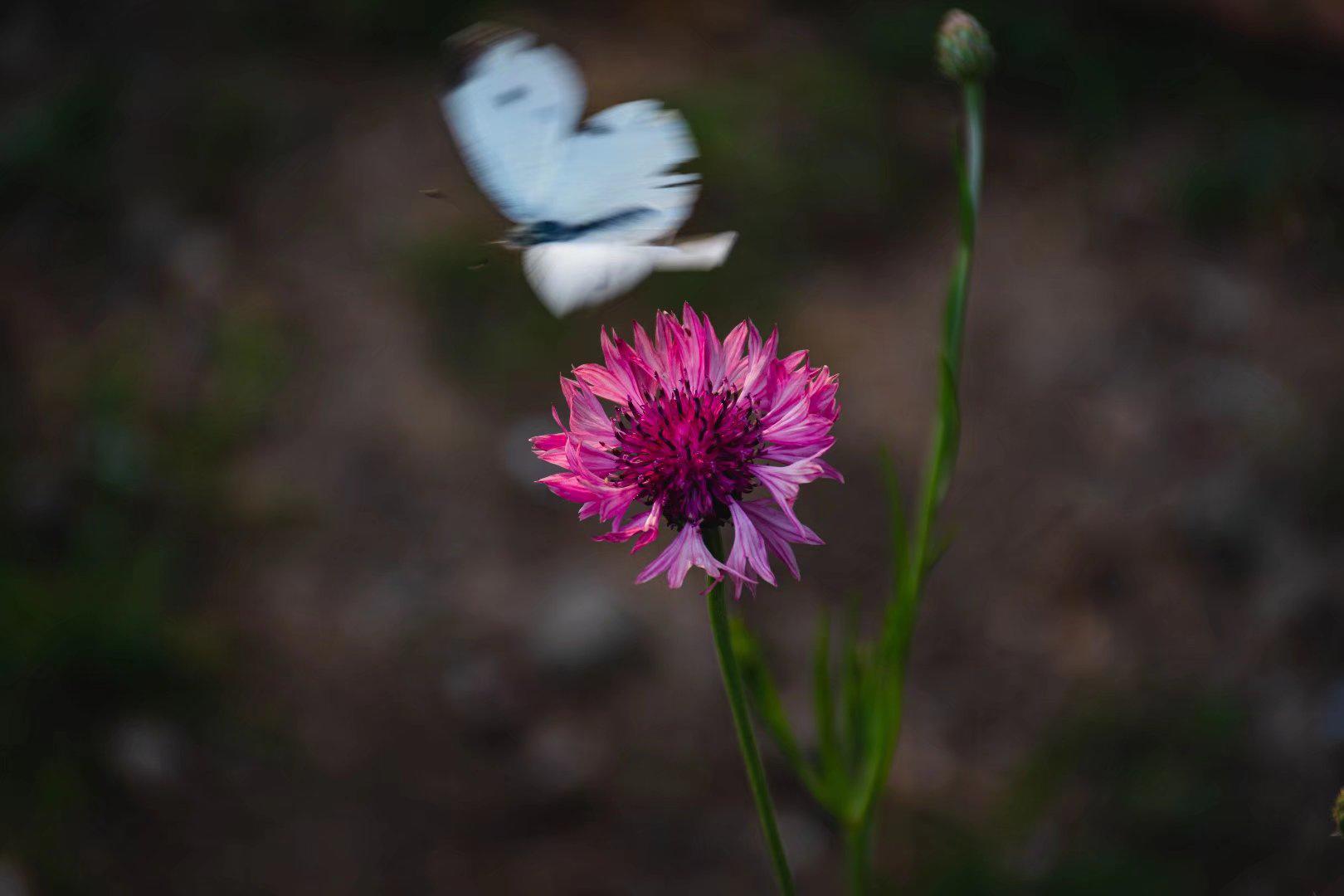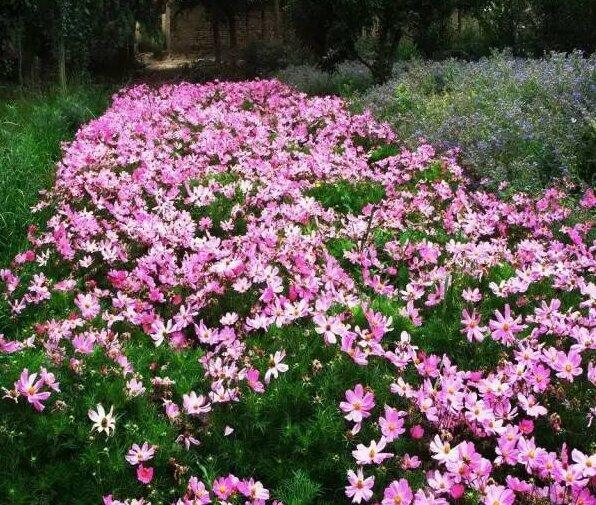The Gloriosa plant has a fascinating story. Legend has it that when a tropical storm hit a small village, the villagers sought refuge in a temple. As they huddled inside, a beautiful flower bloomed from the ground, named Gloriosa, representing hope and resilience. Its vibrant red and yellow petals symbolize the struggles faced during the storm. From then on, the Gloriosa became a symbol of strength and survival, inspiring people to stay resilient in the face of adversity.
Picture
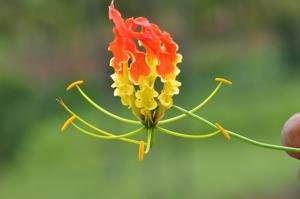
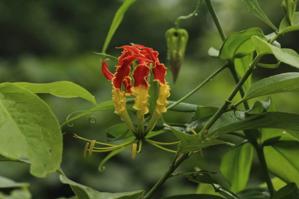
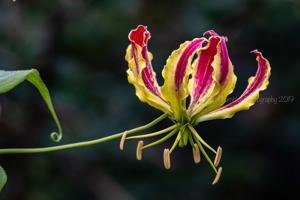
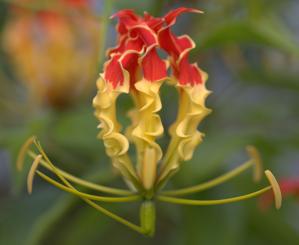
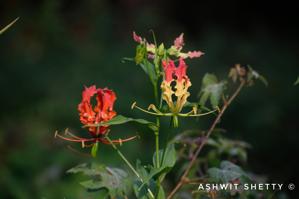
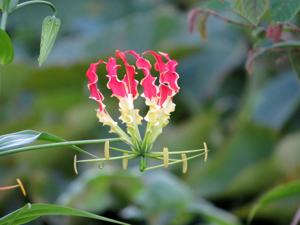
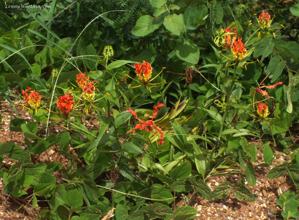
Plant some seeds now!
Short Description
Gloriosa is a genus of 12 species in the plant family Colchicaceae, and includes the formerly recognised genus Littonia. They are native in tropical and southern Africa to Asia, and naturalised in Australia and the Pacific as well as being widely cultivated. The most common English names are flame lily, fire lily, gloriosa lily, glory lily, superb lily, climbing lily, and creeping lily.
The leaf tips are modified to form tendrils
They are tender, tuberous rooted deciduous perennials, adapted to monsoon rainfall with a dormant dry season. All parts of the plant contain colchicine and related alkaloids and are therefore dangerously toxic if ingested, and contact with the stems and leaves can cause skin irritation. Various preparations of the plant are used in traditional medicines for a variety of complaints in both Africa and India. Plants have leaf tip tendrils.
Description
Gloriosa are herbaceous perennials that climb or scramble over other plants with the aid of tendrils at the ends of their leaves and can reach 3 meters in height. They have showy flowers, many with distinctive and pronouncedly reflexed petals, like a Turk’s cap lily, ranging in colour from a greenish-yellow through yellow, orange, red and sometimes even a deep pinkish-red.[citation needed]
“Scandent herbs, the rootstock a horizontal rhizome, the stem leafy, the leaves spirally arranged or subopposite, the upper ones with cirrhose tips; flowers solitary, large, borne on long, spreading pedicels, actinomorphic, hermaphrodite; perianth segments 6, free, lanceolate, keeled within at base, long-persistent; stamens 6, hypogynous, the anthers extrorse, medifixed and versatile, opening by longitudinal slits; ovary superior, 3-celled, the carpels cohering only by their inner margins, the ovules numerous, the style deflected at base and projecting from the flower more or less horizontally; fruit a loculicidal capsule with many seeds”

